Introduction
We propose a deep-learning regression-based method to rectify images containing radial lens distortion, that operates on single independent images. Our method hase been trained on the football domain dataset, and has been fine-tuned specifically for images containing small radial distortion, which is more difficult to rectify accurately. Compared to other deep-learning radial distortion correction methods, we introduce the following contributions:
- Secondary learning task that learns useful distortion features on random combinations of sample pairs, prevents overfitting, and encourages the feature extractor to learn more general distortion features.
- Penalty term that encourages better accuracy on low-distortion images
The official GitHub repository for our method can be found at – https://github.com/IgorJanos/stuImprovingRadial-official
The best trained model and training configuration can be downloaded here – improving-radial-best.tar.gz
The original paper can be found here – https://doi.org/10.1016/j.patrec.2024.05.008
Results
We have performed a quantitative evaluation of our proposed method on the validation set of the Football360 validation subset, and compared our method with 3 other methods. Our method outperformed all other evaluated methods on all metrics by a significant margin.
| Method | SSIM | PSNR | MDLD |
|---|---|---|---|
| Janos and Benesova (2023) | 0.852 | 23.075 dB | 0.0172 |
| Li et al. (2019) | 0.417 | 10.919 dB | 1.431 |
| Santana-Cendres et al. (2016) | 0.714 | 21.647 dB | 0.1132 |
| Our method | 0.933 | 30.098 dB | 0.0088 |
We have performed a qualitative evaluation of our method on the World Cup 2014 dataset. The WorldCup 2014 images have not been used during the training of neither of the evaluated methods.
| Input images | Corrected by our method | Janos and Benesova (2023) | Li (2019) | Santana-Cedres (2016) |
|---|---|---|---|---|
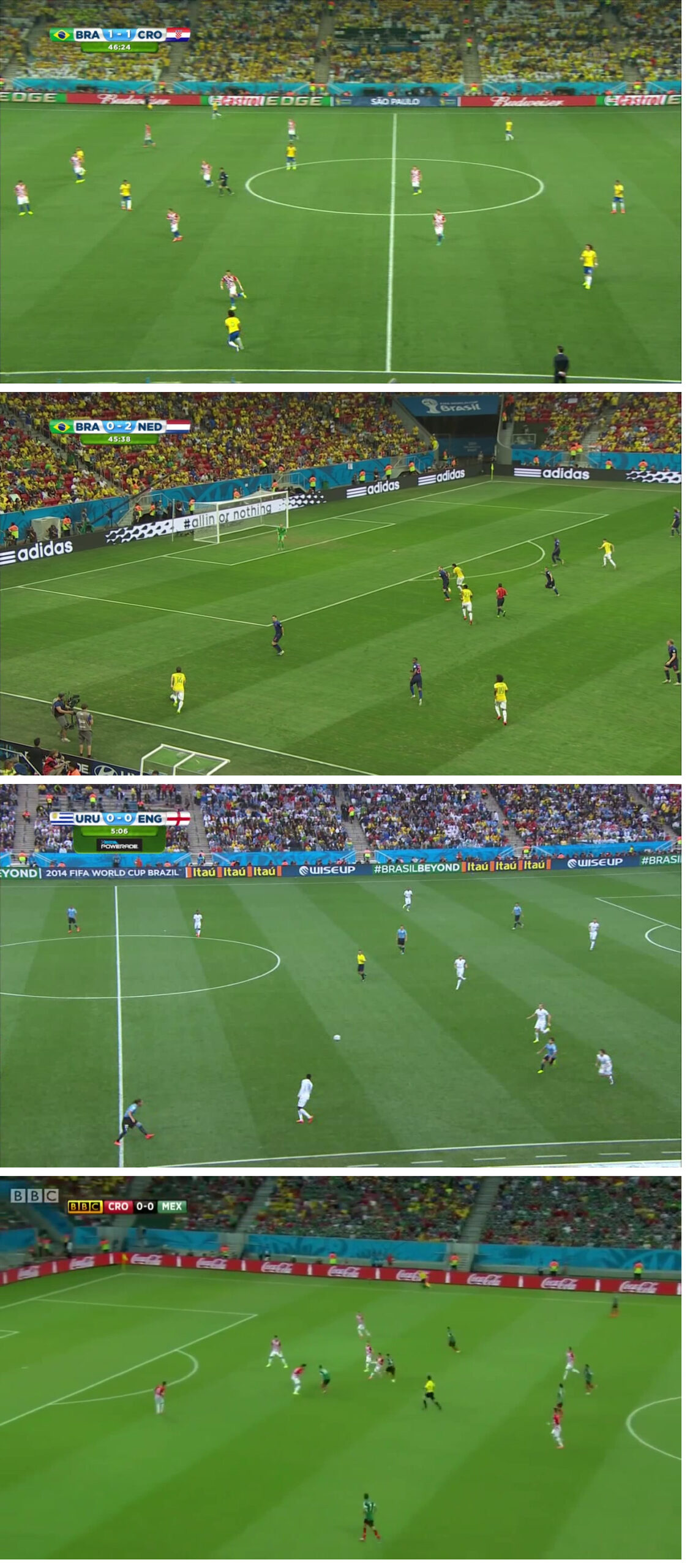 | 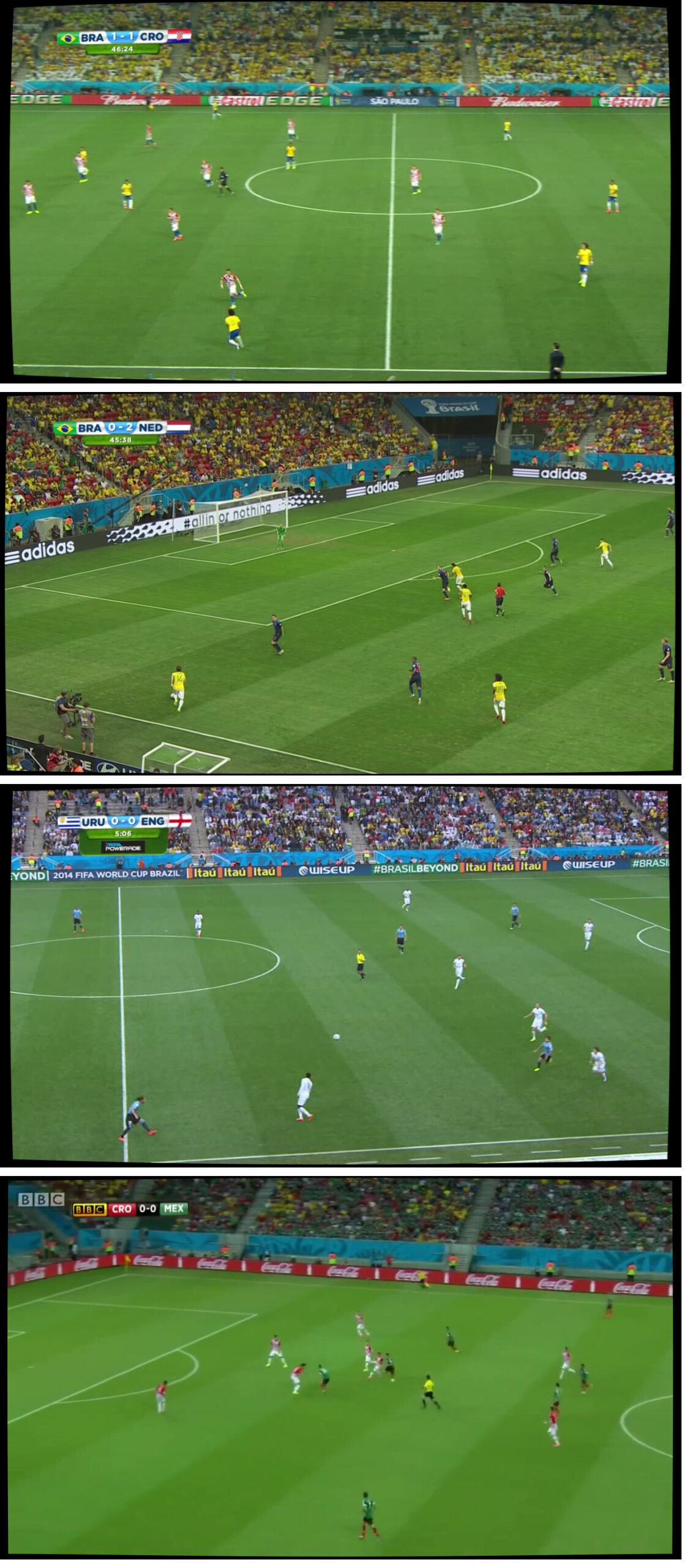 | 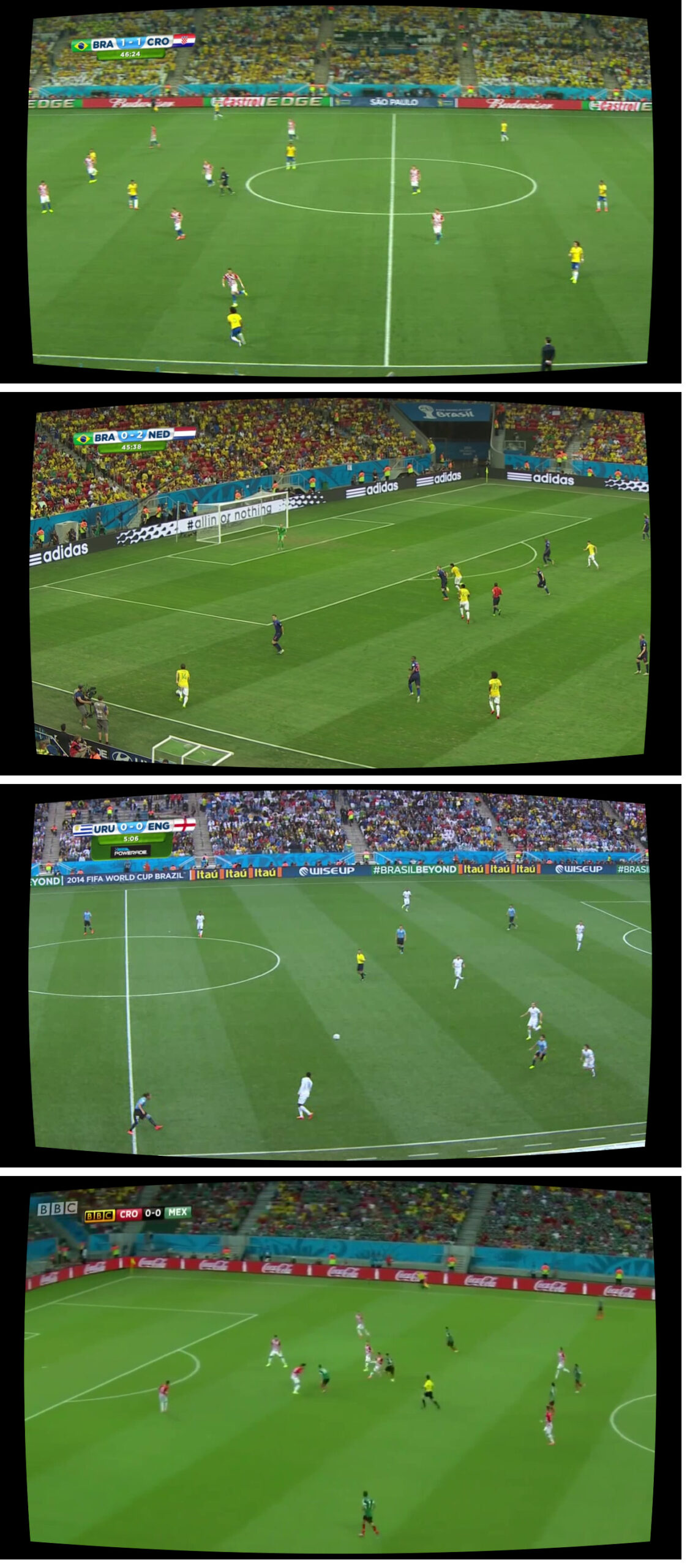 | 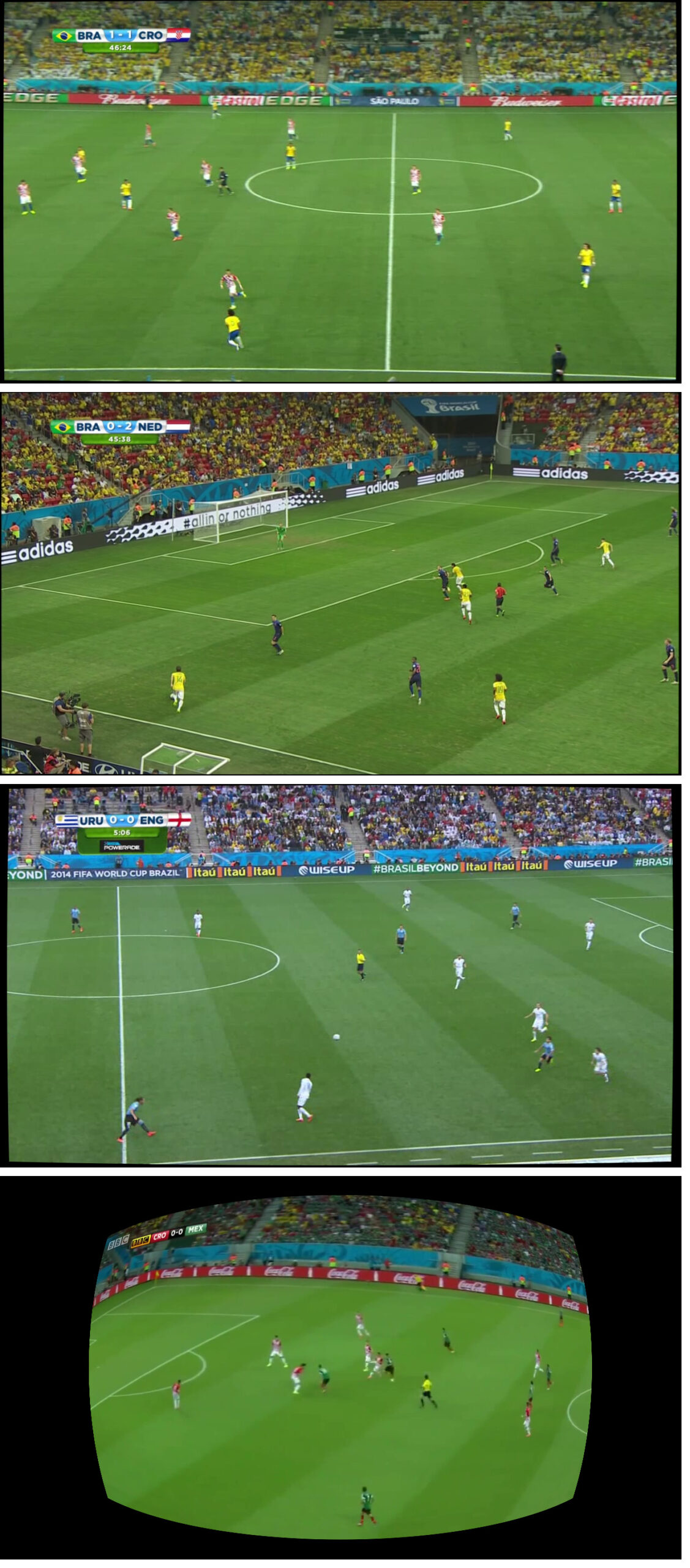 | 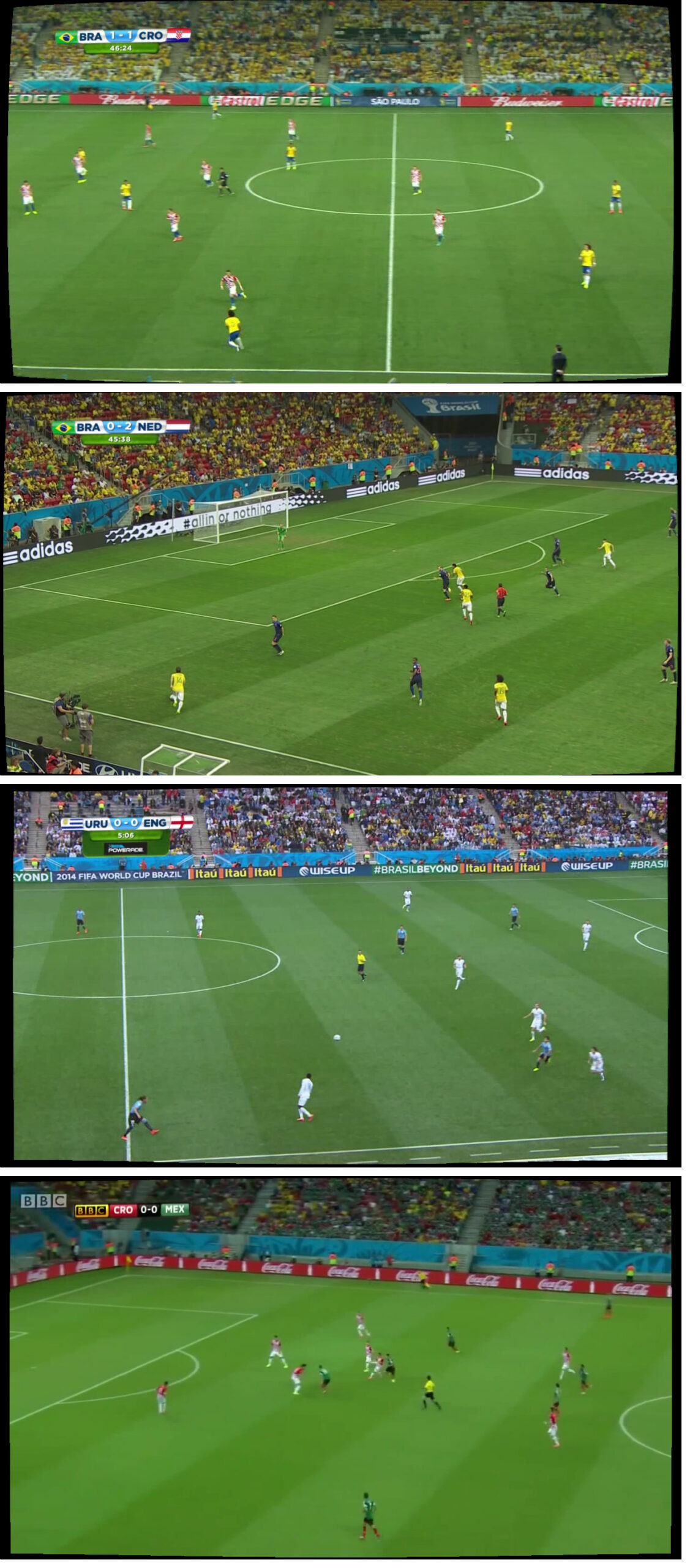 |